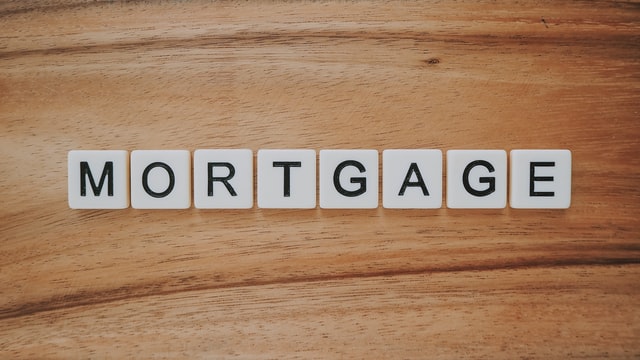Buying a home is one of the biggest investments you’ll ever make. To make sure it’s not your worst, take some time to research and understand what you’re getting into before you buy. While taking on a mortgage can be daunting, there are basic things you should know as you enter the market and prepare yourself financially for homeownership. By understanding these basics now, you will be able to move through the process with greater confidence and less stress.
Interest Rates
Interest rates are critical to the success of your mortgage. Mortgages have what are called “fixed interest rates,” meaning that they remain the same for the term of the loan – 15 or 30 years. The rate you get is tied to market conditions, which change frequently. You’ll need to choose an initial interest rate that will be locked in for a set period of time, usually one to seven years. This initial interest rate is known as your “discount point.” Points are good faith deposits that lenders give borrowers in exchange for a reduced interest rate on their loans. One point equals one percent of closing costs and reduces your initial interest rate by one percent – each discount point thus charges you 0.50 percent of your loan amount. For example, one point on a $100,000 loan costs you $1,000 and reduces your interest rate by 0.50 percent – from an initial 4.75 percent to 4.25 percent.
You’ll need to think carefully about what discount point is right for you as it will cost upfront but save you money in the long run by reducing your interest rate and saving thousands on the life of your mortgage. You can shop around with different lenders to find out if they offer discounts for certain points or not at all – some lenders may offer discounts for as little as 0.125% while others may charge as much as 1%.
Pre Approval vs. Pre Qualification
It is important to know the difference between getting preapproved and prequalified before you enter into a contract to purchase a home. Prequalification is usually done over the phone or internet but does not require documentation because it’s essentially an estimate of how much you can spend for a home – not an actual offer. All you’re really doing is stating your income and desired monthly payment amount, and lenders will give you a ballpark figure on what they think you can afford. If this sounds like the option for you, great. However, if you plan on making negotiations with sellers, make sure that the prequalification letter states “subject to verification.” This means lenders need time to verify your information. This way everyone knows exactly what you can afford the moment you make the offer.
Pre Approval is a formal process in which a lender reviews all your financial documents and determines how much they are willing to lend you, based on what you have told them about your income and expenses. You can obtain pre-approval from your lender as soon as you know that you would like to buy a home, but lenders will only consider those homes within their price guidelines. Even though the mortgage preapproval process seems more time-consuming than prequalification, it is highly recommended. This is because it often makes the difference between getting outbid by another buyer or getting accepted by the seller with no additional negotiations necessary.
Setting Your Budget
Before viewing homes, it is important to set your budget so that you know what price range you should be looking in. This way, when people start talking about buying “X” number of bedrooms or square feet, you’ll understand the implications on your monthly payment amount and credit rating. Remember, home affordability is determined by comparing your income with all costs associated with homeownership, which include down payment (amount), interest rates (annual percentage rate), insurance premiums (annual percentage rate), and property taxes (annual percentage rate).
In addition, other factors such as the number of people in your household and current debt obligations must be considered.
The easiest way to determine how much you can afford is to use a mortgage calculator. Using this calculator is simple. All you need to do is enter in your desired monthly payment amount, annual interest rate (APR), and the amount of your down payment (which can be entered as a percentage). After that, all it takes is a couple of clicks to see what you qualify for today – including the number of points on your loan.

If you follow these steps, you should have the information you need to buy your dream home. There is a lot of work that goes into buying a new house but knowing the process and getting the basic information about what’s involved, shouldn’t be so intimidating. Just remember to educate yourself on mortgage basics, get preapproved before going house hunting, and maintain a good credit score so you can qualify for lower interest rates. This way your monthly payments will be more affordable and you’ll understand how much of a house payment you can really afford when it comes down to crunch time in negotiations.



Comments are closed.